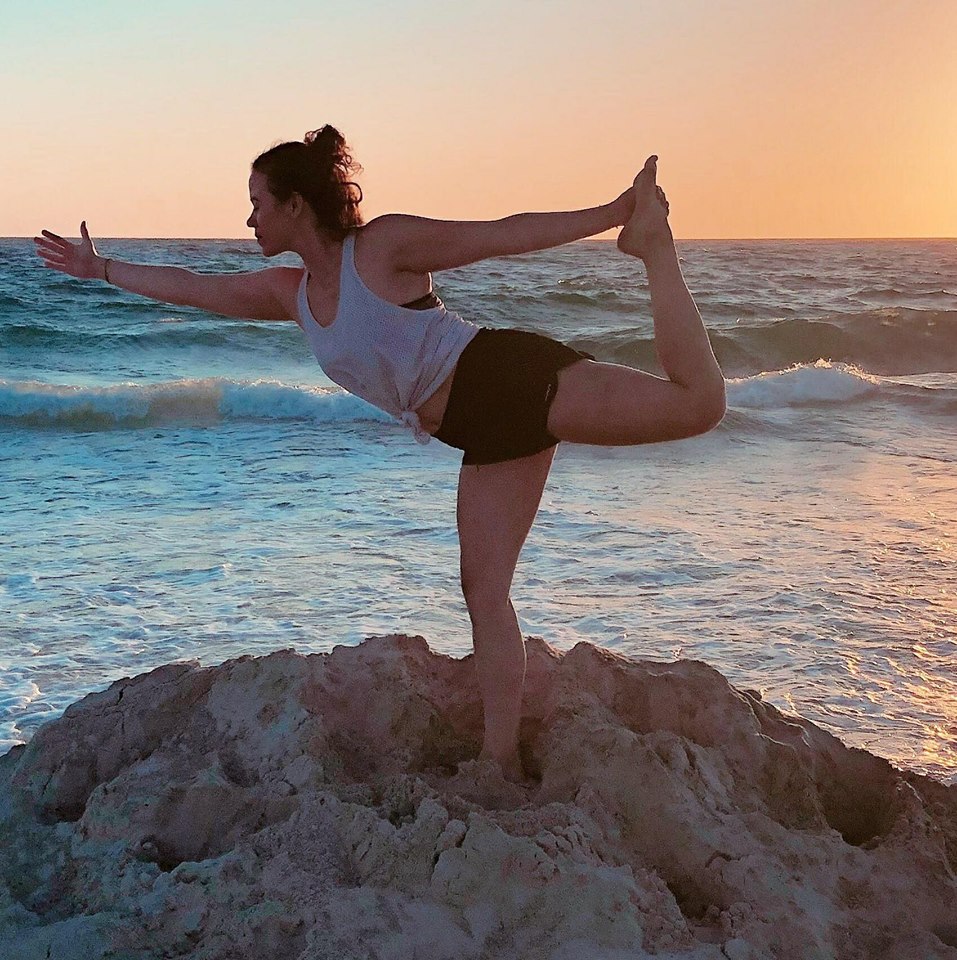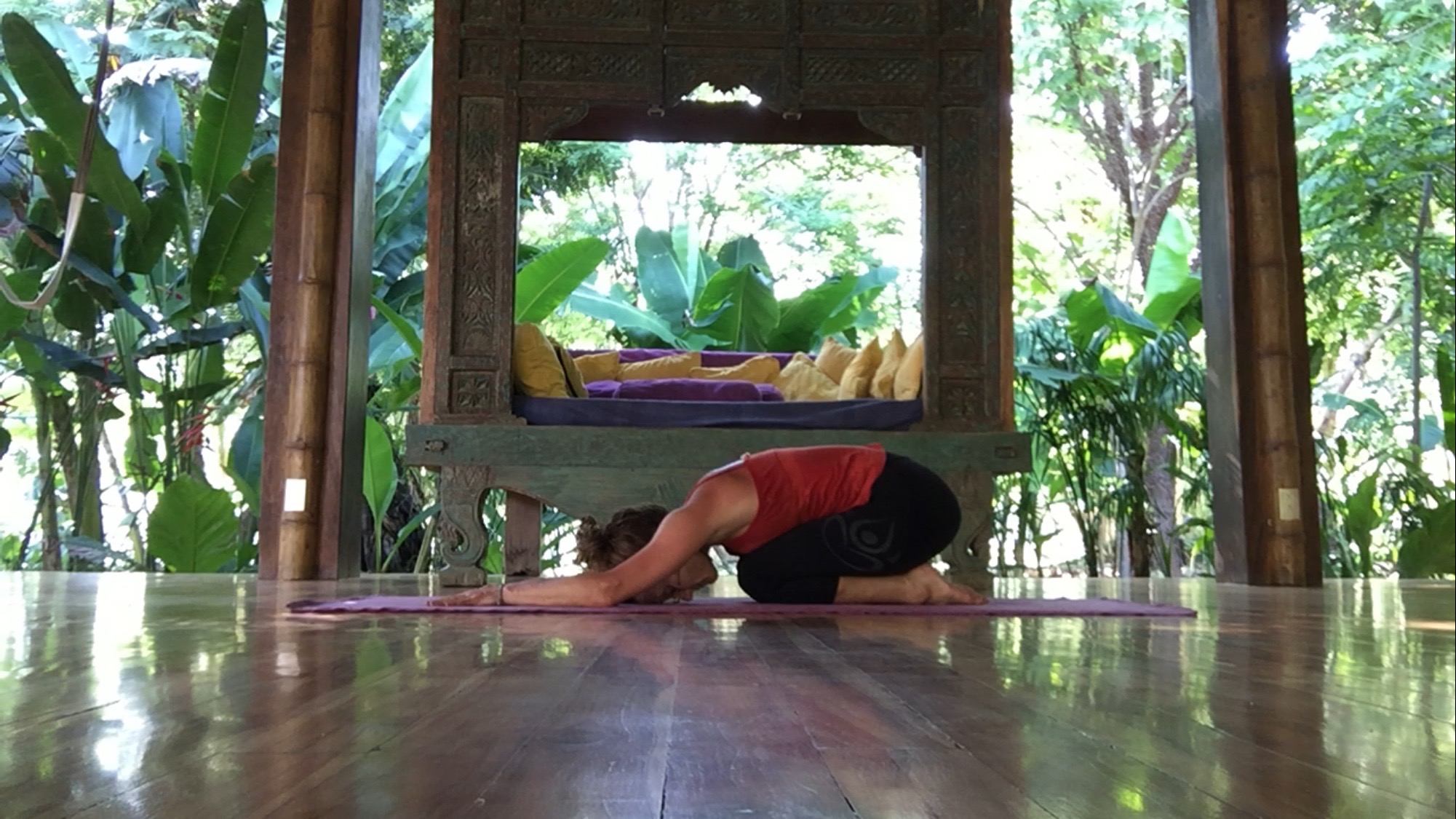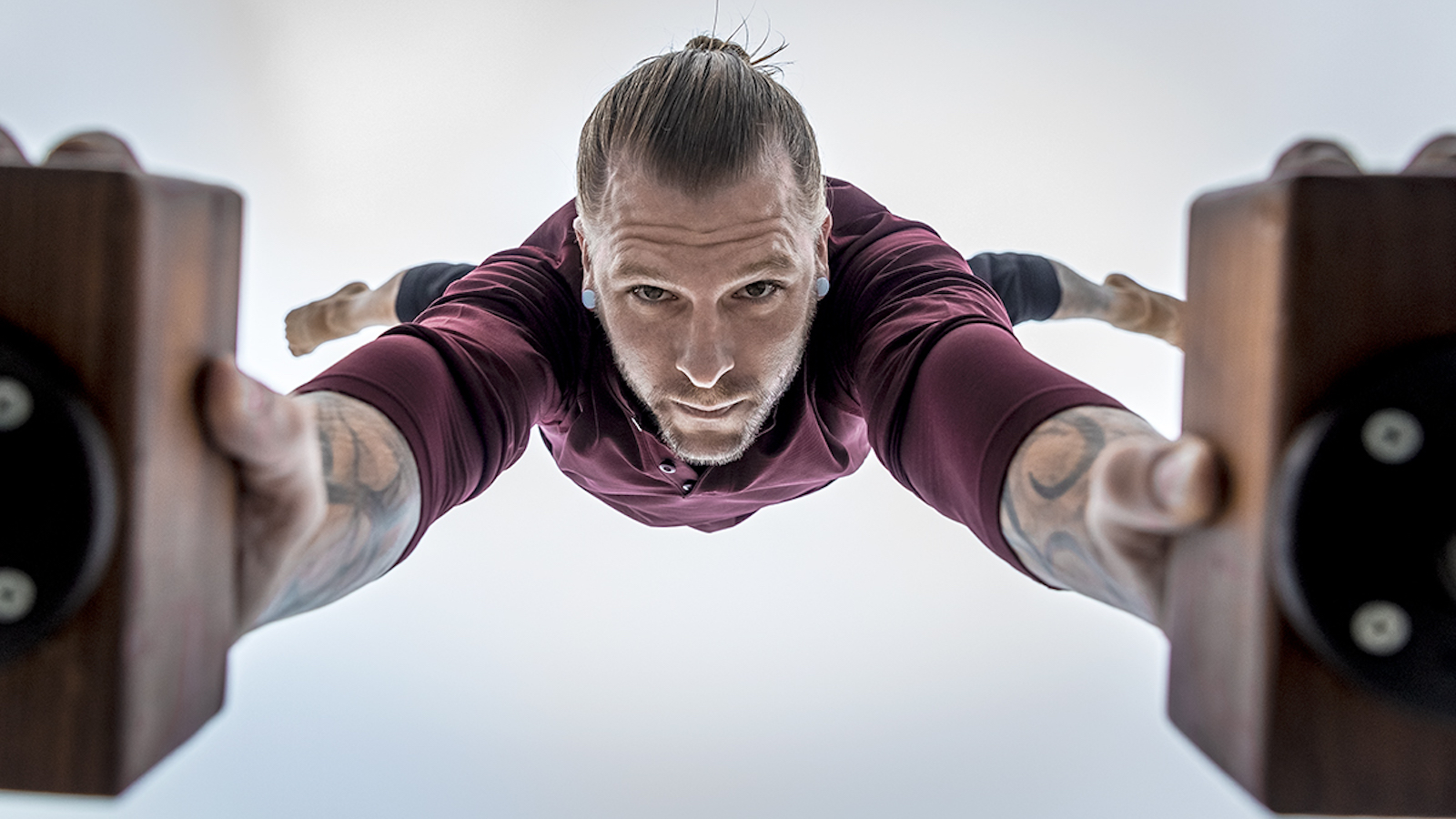A common misconception of yoga is that it is a physical practice (asana); a form of exercise. Well you aren’t completely wrong. Yoga means “union” – which means we are uniting all parts of ourselves when we practice, not just the physical body. This means yoga is so much more than simply a form of movement. We can look at yoga as a lifestyle. It is built on the basic notion that what we learn in during our physical practice, simply prepares us with the tools to apply in our everyday lives.
1. Intentions
How often do you hear your instructor opening a class by asking their students to decide on an intention for the practice? To have an intention means to invite something onto the mat that can act as an anchor, a point of reference or something you would like to work through. For example, showing kindness to yourself during the practice. This might mean that you don’t move deeper into a pose if you are at your limit and not judging yourself because of this. It is fairly common that once we leave the mat and the class, and transition from practice into life outside of the studio, we lose that intention. Yoga teaches us to use intention setting and there is no reason that you can’t use this tool off the mat.
2. Reaction
A beautiful instructor once said, there are four ways in which we cope with discomfort on the mat. Avoidance, victimizing, changing/altering and acceptance. These coping strategies are the ways in which we react to discomfort, pain and frustration. The same coping strategies are often used off the mat and in our lives. We all know that feeling of being stuck in traffic and not being able to do anything about it. Ask yourself, how do you react?
3. Sitting with Discomfort
This point flows on quiet nicely from number 2. Physical and mental discomfort can arise during our physical practice on the mat. Sometimes we move into poses that focus on areas of the body in which we don’t have a great range of motion, flexibility or maybe a prior injury. Due to a lack of distractions during practice, we are forced to confront our thoughts and emotions when we are experiencing physical discomfort. Acknowledging that you accept these feelings and are able to sit with them will provide you with so much strength off the mat. When you are faced with feelings of uncertainty and negativity, and all you want to do is provide yourself with instant gratification in whatever form; remind yourself that you have been able to sit with discomfort before and you can do it again.
4. Choice
Life is often confusing and messy, we often don’t know what to do; and if we do, we don’t want to do it. We are constantly facing questions, given options, and we need to choose. Even within our asana practice we choose all the time. Choosing to hold a little longer, to move a little further, to ease out a little bit or choose to take child’s pose and rest. The great thing is you made a choice and stuck with it.
5. Kindness
Ahimsa is a moral vow that yoga is built upon. It means non-violence to yourself and others. While we move through our asana practice, we might apply this just for the hour. Allowing ourselves not to be our biggest critics, and just be present in our bodies and enjoy the experience. But we often fall back into our habits of thinking negative things about our bodies or about someone around us. I feel this quote says it all; “In a world where you can be anything, be kind.”








